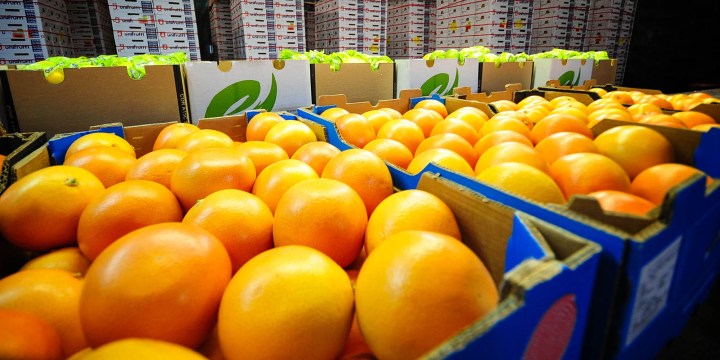FARM PRODUCE OP-ED
SA agricultural exports remained robust in second quarter of the year

South Africa’s agricultural exports amounted to$3.4bn in the second quarter of this year, up by 0.1% year on year, according to data from Trade Map.
Despite challenges in key export markets such as the EU in the case of citrus, the products that dominated the export list this quarter were citrus, maize, apples and pears, wine, sugar, soybeans, wool, avocados, pineapples, fruit juices, nuts and grapes
Importantly, this good export performance was not only a function of price, but also improved volumes.
The prices of some agricultural products have declined notably from 2022 levels. The improvement in agricultural exports also partly demonstrates the results of continued collaboration between the industry and Transnet to improve the logistics at the ports. However, more work is needed to improve the efficiencies.
The South African agricultural industry has established forums to continuously engage with Transnet and enhance communication about problems at the ports so that the response can be swift enough to drive the exports of high-value and perishable products.
From a regional perspective, the African continent remained the largest market for South Africa’s agricultural exports, accounting for 36% of the exports in the second quarter of 2023. Asia and the Middle East were the second-largest region with a 30% share.
The EU was the third-largest region, accounting for 18% of the agricultural exports, with the Americas region at 6%. The UK remained one of the largest single markets for South Africa’s agricultural exports, accounting for 7% of the exports in the second quarter. The remaining 3% was spread around other world regions.
Regarding imports, South Africa’s agricultural imports fell by 6% year on year in the second quarter of this year to $1.8-billion (according to data from Trade Map). The products that still dominate the import list are rice, wheat, palm oil, whiskies and poultry.
The whiskies, wheat and poultry products were the main drivers of the decline in the value of imports in the first half of the year. Overall, South Africa had an agricultural trade surplus of $1.6-billion in the first half of 2023, up 9% year on year.
Looking ahead
While South Africa’s agricultural exports in the first half of the year have been encouraging, we think export earnings are likely to soften this year from the 2022 record. The lower commodity prices and the stringent regulations of the citrus black spot disease in the EU market are among the factors likely to result in lower export earnings. We expect the effects of these challenges to be more evident in the second half.
As we stated recently in one of our notes, the citrus challenges in the EU are not new. In the 2022 export season, South Africa experienced another challenge in that market, where the EU proposed changes to its plant safety regulations for citrus.
These changes purported to protect the EU from a quarantine organism, the false codling moth, by introducing stringent new cold treatment requirements, particularly on citrus imports from Africa, mainly affecting South Africa, Zimbabwe and Eswatini. But South Africa had already put rigorous measures to control false codling moth. As such, we viewed this as a measure to protect the EU’s citrus-growing countries such as Spain.
The engagements on this issue between South Africa and the EU are ongoing, and the citrus black spot disease issue adds to this challenging environment.
The appropriate channel for resolving the matter is through the continuous engagement of the South African government with the EU authorities. From a South African perspective, the EU is a crucial export market for the citrus industry.
Beyond these near-term challenges, South Africa is on an export market expansion mission for the agricultural sector. This means there is a need to work hard to retain the existing markets in the EU, African continent, Asia, Middle East and the Americas. Notably, South Africa should expand market access to some of the key BRICS+ countries, such as China, India and Saudi Arabia.
Other strategic export markets for South Africa’s agricultural sector include South Korea, Japan, Vietnam, Taiwan, Mexico, the Philippines and Bangladesh. This export market expansion ambition is shared by both the private sector and the South African government.
The Department of Trade, Industry and Competition and the Department of Agriculture, Land Reform and Rural Development should lead the way for export expansion in these strategic agricultural markets. DM
Wandile Sihlobo, an agricultural economist, is the author of a new book, A Country of Two Agricultures: The Disparities, The Challenges, The Solutions (Tracey McDonald Publishers, 2023).


















 Become an Insider
Become an Insider
Comments - Please login in order to comment.